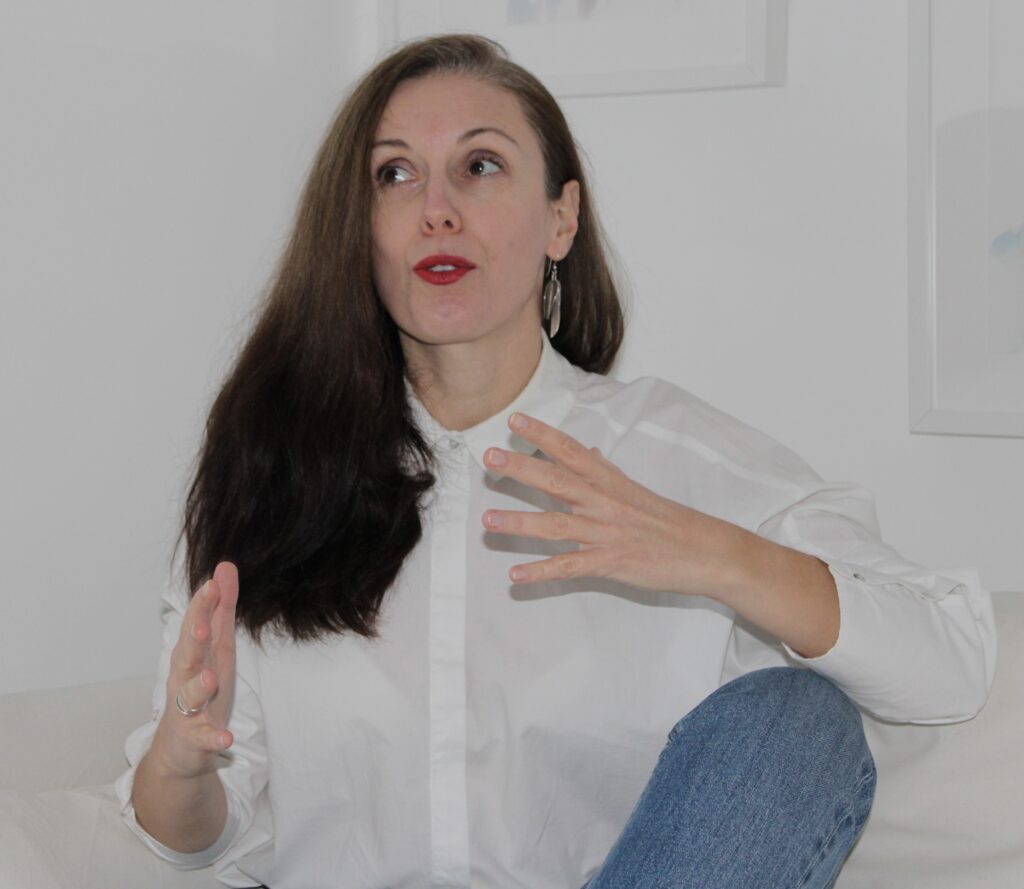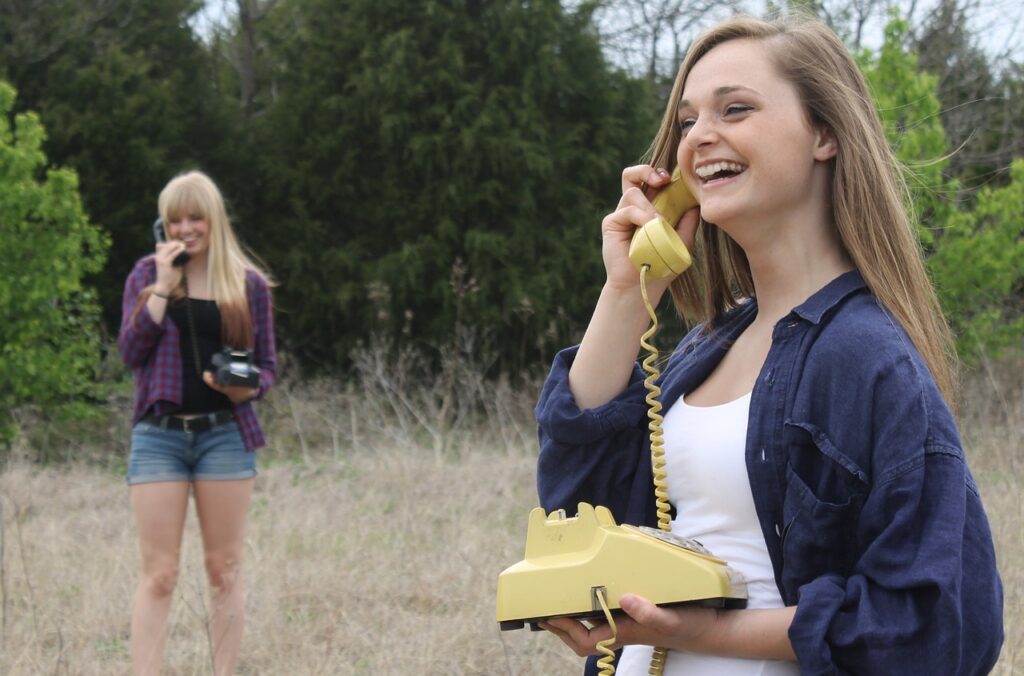Contrary to popular belief, trust isn’t built in times of joy and peace, it is built during conflict and in the restoration phase that follows it. Both of which you can do better if you regularly practice a relational mindset that keeps reaffirming your shared life-story.
The best way to foster a relational mindset is by knowing your partner really well and by deepening that knowledge through activities that revisit past wins, anchor us in the present, and build a strong sense of our future together.
Drs John and Julie Gottman have developed the Gottman Method, a scientific approach to making marriages work. Their Sound Relationship House is a theory that describes what is necessary for a fulfilling long-term relationship. The load-bearing walls of the house are trust and commitment, and the most basic foundation of the house is called Build Love Maps, which is what feeds both trust and commitment.
How to build Love Maps
Love maps are tools that help you navigate the intricate paths of your relationship, which in essence is in-depth knowledge of each other’s inner world.
We are hard wired to be curious, which is why we like to discover new places, get to know new people, find a new job, or just play. When curiosity is lost for our partner or dampened by external stressors, we tend to feel less connected or excited by them. This is when we can return to the love maps we’ve created as well as continue creating more.
It’s an easy exercise: it requires the two of you and a good dose of curiosity. Which, I grant you, isn’t always easy, especially if you’re both busy with your respective careers, rearing children, as well as other responsibilities. This is when we tend to take our relationship with our partner for granted and invest less effort into it, until problems arise.
Instead of waiting for a huge breach of trust, such as infidelity, or organising ourselves in two parallel lives, create daily or at least weekly practices that are dedicated entirely to being there for each other.
Choose a day and time of day you can commit to and schedule it in. It can feel a bit forced at first, but we are generally better at committing to things we pre-arrange especially long-term. These are some questions you can bring to your first such love-map conversation:
- What makes your partner smile and feel joyful?
- What is one aspiration (s)he has?
- What are their deepest fears and biggest dreams?
- How did you two meet? What were you both wearing, doing? Can you recall the sensory part of the memory?
- How can you sooth your partner when they’re really stressed?
- What can you say, do, or how can you be to make them feel safe and at home with you?
- Do they worry about any potential illnesses?
- What is their favourite memory with you?
- What is making them happy right now?
Spending some time to populate your mental landscape with details about your partner can foster an increased sense of belonging and closeness.
Make sure you intentionally focus on the positive aspects. If you or your partner are prone to anxiety or avoidant behaviours, you might find thinking about the past more difficult either because you are more focussed on the negative memories or because you assign the past little importance. You can change this by compassionately and gently bringing your attention back to the positive aspects of your past.
If you do a little regularly, you train yourself to appreciate your past and to connect positive emotions to it without becoming overwhelmed or swept up by potentially negative feelings.
Creating embodied love maps
Now, let’s go deeper into building trust in an embodied way.
Our movements, breath, posture, facial micromovements and general ways of being with our partner become so automatic after a while that it feels like the taste of our mouth (as my teacher would say), basically imperceptible. That is, until we bring more awareness to it.
Self-focussed embodied love map
I won’t give you a list here. Instead, I’d like to invite you to reconnect with your body simply by focussing on it. You could start with a body scan. You might have done one as part of a mindfulness exercise, but if you haven’t, it’s as the name suggest a practice of focussing on the various body parts in a systematic and disciplined way. You can start at the top of your head going down to the tip of your toes, or the other way around.
Focus on each part: take in the sensations, maybe the slight tingling, the temperature, what it feels like to touch the fabric of your clothes, or the ground. If your mind wanders, gently bring it back to the body part you’re focussing on.
You can also do this exercise by bringing in a specific memory. Continue to focus on the body, which will anchor you in the present moment and at the same time you’re evoking the emotions, stories, and sensory input of the past. This dynamic can help you feel more grounded in the present and help you access relational memories without getting lost in them.
Here you’re building self-trust. You trust yourself to remember memories, find joy in them and at the same time feel very much in contact with the present moment. It makes you feel in control and connected to who you are now, not just who you were back then. This is what we need when we’re in conflict: feel safe enough to anchor ourselves in the present moment without the overwhelm of strong emotions.
Partner-focussed embodied love map
- What is it like to be sitting next to your partner?
- What is it like to be standing next to them?
- Does anything change when (s)he arrives or leaves? (e.g. go to work, return home)
- What is it like to be lying down next to them?
- How about walking? Do you walk next to each other and hold hands or is one of you in front and the other behind?
After building some awareness of what it’s like to be in relation with them as the body, you can experiment a little. Change your patterns and see whether anything feels different:
- Do you feel a little more relaxed or tense?
- How is your breath? Do you breathe a little deeper or shallower?
- Are there any stories that might come up as a result of a different body dynamic?
It’s not enough to understand and recover our love- and life-stories, it’s important to also understand ourselves as the body in the relationship. This is a deeper layer that might take more effort to explore and really understand before you might want to change anything, slow down and be compassionate with yourself and your partner.
Conclusion
Trust is both physical and mental, which is why I encourage you to develop trust not only through revisiting your stories but also by understanding how you are with each other as bodies. This is an intimate space so lots of vulnerabilities might come up and reshape your way of understanding your relationship. It also means that it can deepen your connection way more than anything else.
Armed with newfound knowledge of each other and with a stronger basis, you give yourself a better chance to navigate conflict with higher success and to grow in trust.

Do you need personalised support?
I can help you find and keep a mature, and lasting romantic relationship with a partner who is ready to commit and is securely attached.
My three-month Embodied Love Reset 1:1 programme that integrates the power of therapy with coaching helps you strengthen your relationship with yourself, build healthy boundaries, and build intimacy skills to be ready for the love-story of your life. Get in touch, to know more or to sign up.

